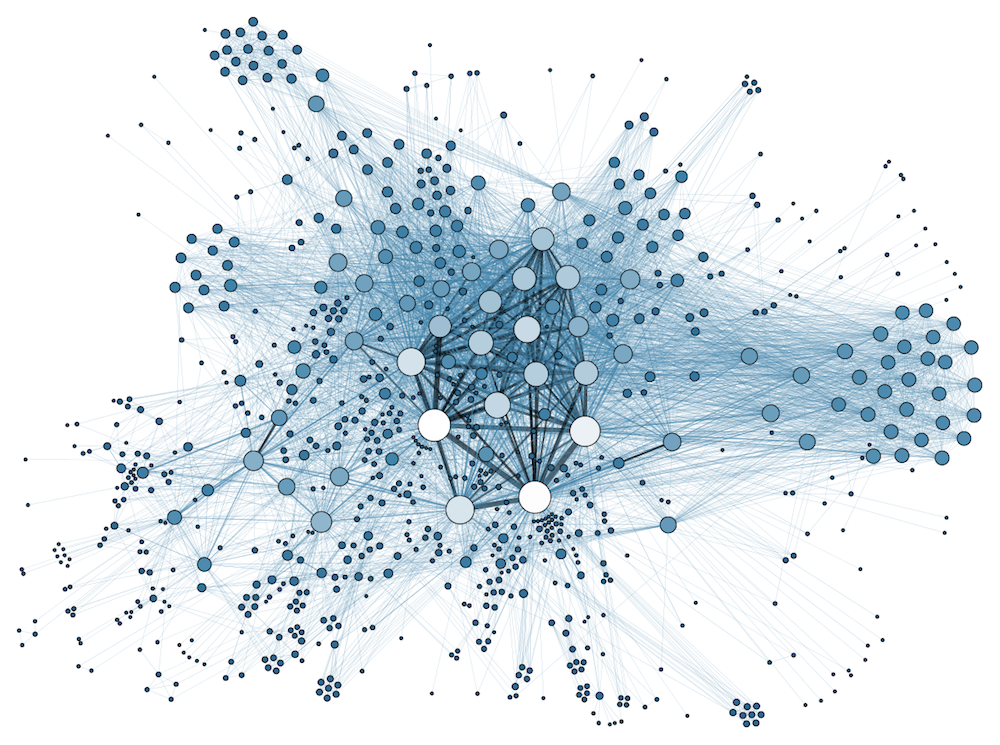https://github.com/CodyKochmann/graphdb
sqlite based graph database for storing native python objects and their relationships to each other
https://github.com/CodyKochmann/graphdb
Last synced: 5 months ago
JSON representation
sqlite based graph database for storing native python objects and their relationships to each other
- Host: GitHub
- URL: https://github.com/CodyKochmann/graphdb
- Owner: CodyKochmann
- License: mit
- Created: 2017-10-26T00:07:32.000Z (about 8 years ago)
- Default Branch: master
- Last Pushed: 2021-05-08T14:42:02.000Z (over 4 years ago)
- Last Synced: 2025-04-30T07:48:20.299Z (7 months ago)
- Language: Python
- Size: 1.14 MB
- Stars: 194
- Watchers: 5
- Forks: 10
- Open Issues: 14
-
Metadata Files:
- Readme: README.md
- License: LICENSE
Awesome Lists containing this project
- my-awesome - CodyKochmann/graphdb - 05 star:0.2k fork:0.0k sqlite based graph database for storing native python objects and their relationships to each other (Python)
README
# graphdb
[](https://pepy.tech/project/graphdb)
[](https://pepy.tech/project/graphdb)
[](https://pepy.tech/project/graphdb)
A sqlite based graph database for storing native python objects and their relationships to each other.

## How to install it?
```
pip install graphdb
```
## How to use it?
```python
In [1]: # import GraphDB
In [2]: from graphdb import GraphDB
In [3]: # initialize a database
In [4]: db = GraphDB('/tmp/test_graph.db') # uses ':memory:' if no path
In [5]: # you can store relations between native python objects
In [6]: for a in range(10):
...: b = a + 1
...: print(a, b)
...: db.store_relation(a, 'comes_before', b)
...:
0 1
1 2
2 3
3 4
4 5
5 6
6 7
7 8
8 9
9 10
In [7]: # you have as many relationships between objects as you want
In [8]: def is_prime(a):
...: ''' returns true if 'a' is prime '''
...: return a>1 and all(a % i for i in range(2, a))
...:
...: def preceding_primes(a):
...: ''' returns a list of prime numbers less than 'a' '''
...: return [i for i in range(a) if is_prime(i)]
...:
...: for i in range(11):
...: for p in preceding_primes(i):
...: db.store_relation(i, 'preceding_prime', p)
...:
In [9]: # queries to the database are done through attribute chains
In [10]: db(7).comes_before.preceding_prime(list)
Out[10]: [2, 3, 5, 7]
In [11]: # to break the query into pieces, we start with the starting point
In [12]: db(7)(list) # tells the db to start the query at this object
Out[12]: [7]
In [13]: # now we add 'comes_before' to hop to whatever object '7 comes_before'
In [14]: db(7).comes_before(list)
Out[14]: [8]
In [15]: # then we add the 'preceding_prime' to get all connected primes to 8
In [16]: db(7).comes_before.preceding_prime(list)
Out[16]: [2, 3, 5, 7]
In [17]: # since every query outputs iterable elements, it doesn't matter how
...: # many elements you're currently at because elements only stay as long
...: # as the query applies to them
In [18]: db(7).comes_before.preceding_prime.comes_before(list)
Out[18]: [3, 4, 6, 8]
In [19]: db(7).comes_before.preceding_prime.comes_before.comes_before(list)
Out[19]: [4, 5, 7, 9]
In [20]: db(7).comes_before.preceding_prime.comes_before.comes_before.comes_before(list)
Out[20]: [5, 6, 8, 10]
In [21]: # so what if we add one more 'comes_before' even though we never
...: # assigned '10' a relationship to refer to?
In [22]: db(7).comes_before.preceding_prime.comes_before.comes_before.comes_before.comes_before(list)
Out[22]: [6, 7, 9]
In [23]: # the query simply drops that node since its relational path didn't
...: # apply to the 4th result
In [24]: # Why does every query end with '(list)'?
In [25]: # graphdb sets up queries so you can continue to get each next step
...: # until you add '()' to the end of it which then tells graphdb that
...: # you want a materialized view of that spot.
...:
...: # The reason why in this demo '(list)' was being added instead of
...: # '()' was because by default, graphdb returns a native python
...: # generator so you can iterate through each individual object
In [26]: # just to demonstrate normal behavior
...: db(7).comes_before()
Out[26]: . at 0x103336f68>
In [27]: # so we could technically do
...: list(db(7).comes_before())
Out[27]: [8]
In [28]: # or the more natural feeling
In [29]: db(7).comes_before(list)
Out[29]: [8]
In [30]: # 'list' isn't the only type you can pass into the query breakpoint,
...: # any container-like type you want to use should work
In [31]: db(7).comes_before(set)
Out[31]: {8}
In [32]: # Are there any filtering mechanisms that can be used to cut down how
...: # many relations graphdb queries produce?
In [33]: # '.where()' is used to filter relationships. So, for example:
In [34]: # what we're gonna filter
...: db(8).preceding_prime(list)
Out[34]: [2, 3, 5, 7]
In [35]: # this filters preceding_primes of 8 which are larger than 5
...: db(8).preceding_prime.where(lambda i:i>5)(list)
Out[35]: [7]
In [36]: # or we can filter items based on their linked objects
...: db(8).preceding_prime.where('comes_before', lambda i:i>5)(list)
Out[37]: [5, 7]
```